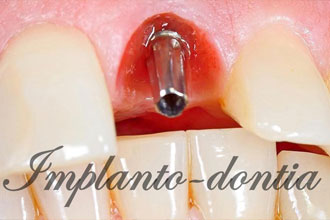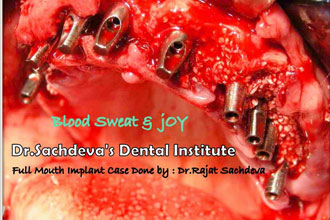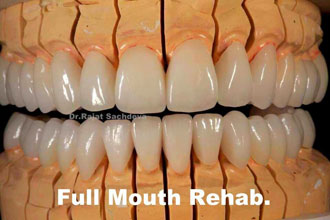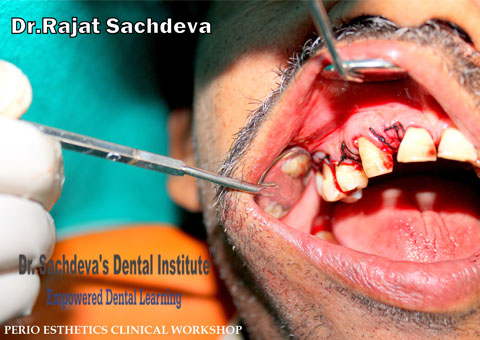Root Canals
Ask a Question to Our Dentist
Painless Root Canals Treatment
Root canal therapy fits under the special dentistry area known as endodontics. Endodontics literally means dentistry within the tooth itself. The procedure treats disorders of the pulp (the soft tissue inside the crown and roots made up of blood vessels, nerves and lymph vessels that help keep your tooth nourished). Endodontic treatment restore your tooth to a comfortable state by removing the damaged tissue and replacing it with a substance that will help preserve the function of the tooth.
The best news is that it can save your Tooth and your Smile.

Root canal treatment is done in single sitting for more than 80% of cases. Success rate is about 98%. It is usually a painless procedure with discomfort in about 2% of cases.
If your tooth's nerve chamber becomes infected by decay, root canal treatment is often the only way to save your tooth.
Inside your tooth's hard outer shell is a nourishing pulp of blood vessels, lymph vessels and nerves. The root canal forms a pathway for vessels and nerves to extend to the bone.
Deep tooth decay, or injury can cause serious damage and infection to the pulp's nerves and vessels. Root canal, also known as endodontic, treatment cleans out the infected pulp chamber and canals.
Some indications for the need of root canal treatment may be:
- Spontaneous pain or throbbing.
- Pain while biting or chewing.
- Sensitivity to hot and cold.
- Severe decay or injury that causes an abscess (infection) in the bone surrounding the tooth.
- Traumatic injury exposing the nerve.

Root Canal Treatment Procedure
If your tooth's nerve chamber becomes infected by decay, root canal treatment is often the only way to save your tooth.
Inside your tooth's hard outer shell is a nourishing pulp of blood vessels, lymph vessels and nerves. The root canal forms a pathway for vessels and nerves to extend to the bone.
Deep tooth decay, or injury can cause serious damage and infection to the pulp's nerves and vessels. Root canal, also known as endodontic treatment cleans out the infected pulpchamber and canals.
Step 1: After the tooth is anesthetized, an opening is made through the tooth into the pulp chamber (nerves).
Step 2: The lengths of the roots' canals are determined.
Step 3: Unhealthy pulp is removed. Canals are cleaned, enlarged and shaped using progressively larger endodontic files.
Step 4: Canals are filled and sealed. A metal post (pin) may be added for structural support or to retain restorative materials.
Step 5: The tooth is sealed with a temporary filling. After your root canal treatment your tooth will require a crown (cap) to be placed.
Step 6: Filling of the tooth.
Step 7: Crown to be placed on the tooth.


Post Root Canal Instructions:
- Do not eat till the anesthesia wears off.
- Consumption of liquids is permitted.
- Take a pain-killer.
- Do not eat from that tooth for the next 48 hrs.
- The tooth will be sensitive to chewing for 5/6 days.
- drrajatsachdeva
- Treatment
- Cosmetic Dentistry, Laser Dentistry, Dental Clinic in Delhi, Kids Dentistry
latest Posts
Stay up to date with all our latest news and launches.





